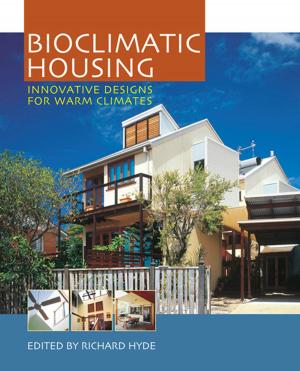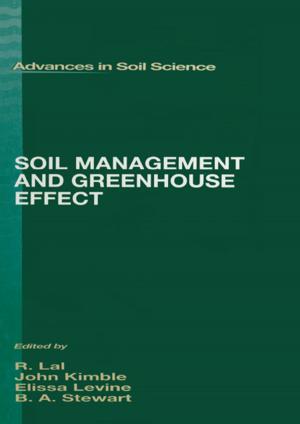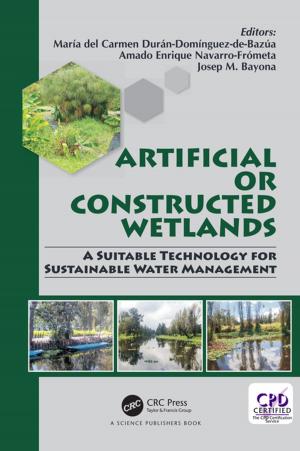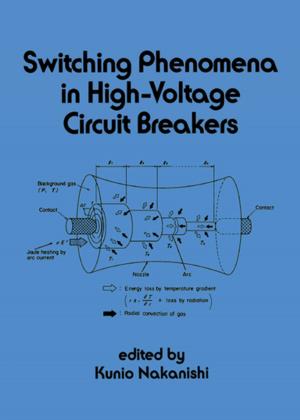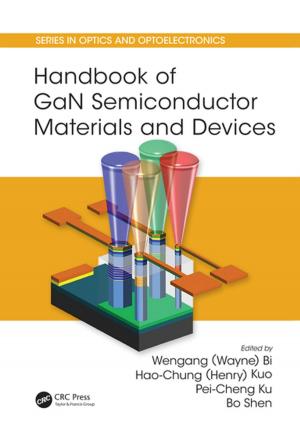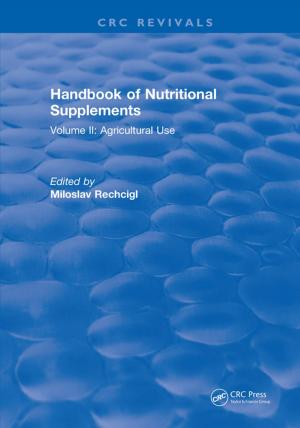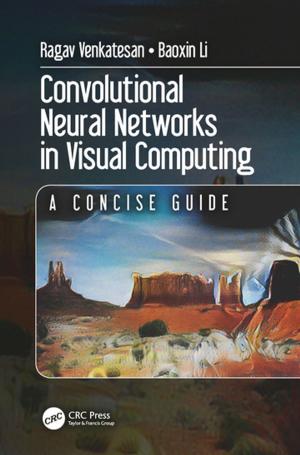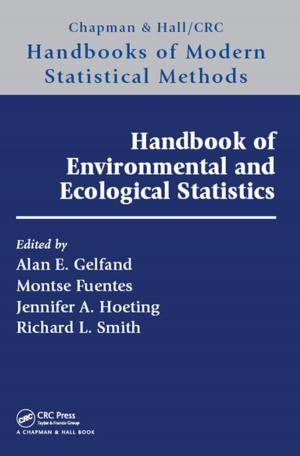Silicon Nanomaterials Sourcebook
Low-Dimensional Structures, Quantum Dots, and Nanowires, Volume One
Nonfiction, Science & Nature, Science, Physics, Solid State Physics, Technology, Material Science, General Physics| Author: | ISBN: | 9781351649582 | |
| Publisher: | CRC Press | Publication: | July 28, 2017 |
| Imprint: | CRC Press | Language: | English |
| Author: | |
| ISBN: | 9781351649582 |
| Publisher: | CRC Press |
| Publication: | July 28, 2017 |
| Imprint: | CRC Press |
| Language: | English |
This comprehensive tutorial guide to silicon nanomaterials spans from fundamental properties, growth mechanisms, and processing of nanosilicon to electronic device, energy conversion and storage, biomedical, and environmental applications. It also presents core knowledge with basic mathematical equations, tables, and graphs in order to provide the reader with the tools necessary to understand the latest technology developments.
From low-dimensional structures, quantum dots, and nanowires to hybrid materials, arrays, networks, and biomedical applications, this Sourcebook is a complete resource for anyone working with this materials:
- Covers fundamental concepts, properties, methods, and practical applications.
- Focuses on one important type of silicon nanomaterial in every chapter.
- Discusses formation, properties, and applications for each material.
- Written in a tutorial style with basic equations and fundamentals included in an extended introduction.
- Highlights materials that show exceptional properties as well as strong prospects for future applications.
Klaus D. Sattler is professor physics at the University of Hawaii, Honolulu, having earned his PhD at the Swiss Federal Institute of Technology (ETH) in Zurich. He was honored with the Walter Schottky Prize from the German Physical Society, and is the editor of the sister work also published by Taylor & Francis, Carbon Nanomaterials Sourcebook, as well as the acclaimed multi-volume Handbook of Nanophysics.
This comprehensive tutorial guide to silicon nanomaterials spans from fundamental properties, growth mechanisms, and processing of nanosilicon to electronic device, energy conversion and storage, biomedical, and environmental applications. It also presents core knowledge with basic mathematical equations, tables, and graphs in order to provide the reader with the tools necessary to understand the latest technology developments.
From low-dimensional structures, quantum dots, and nanowires to hybrid materials, arrays, networks, and biomedical applications, this Sourcebook is a complete resource for anyone working with this materials:
- Covers fundamental concepts, properties, methods, and practical applications.
- Focuses on one important type of silicon nanomaterial in every chapter.
- Discusses formation, properties, and applications for each material.
- Written in a tutorial style with basic equations and fundamentals included in an extended introduction.
- Highlights materials that show exceptional properties as well as strong prospects for future applications.
Klaus D. Sattler is professor physics at the University of Hawaii, Honolulu, having earned his PhD at the Swiss Federal Institute of Technology (ETH) in Zurich. He was honored with the Walter Schottky Prize from the German Physical Society, and is the editor of the sister work also published by Taylor & Francis, Carbon Nanomaterials Sourcebook, as well as the acclaimed multi-volume Handbook of Nanophysics.


